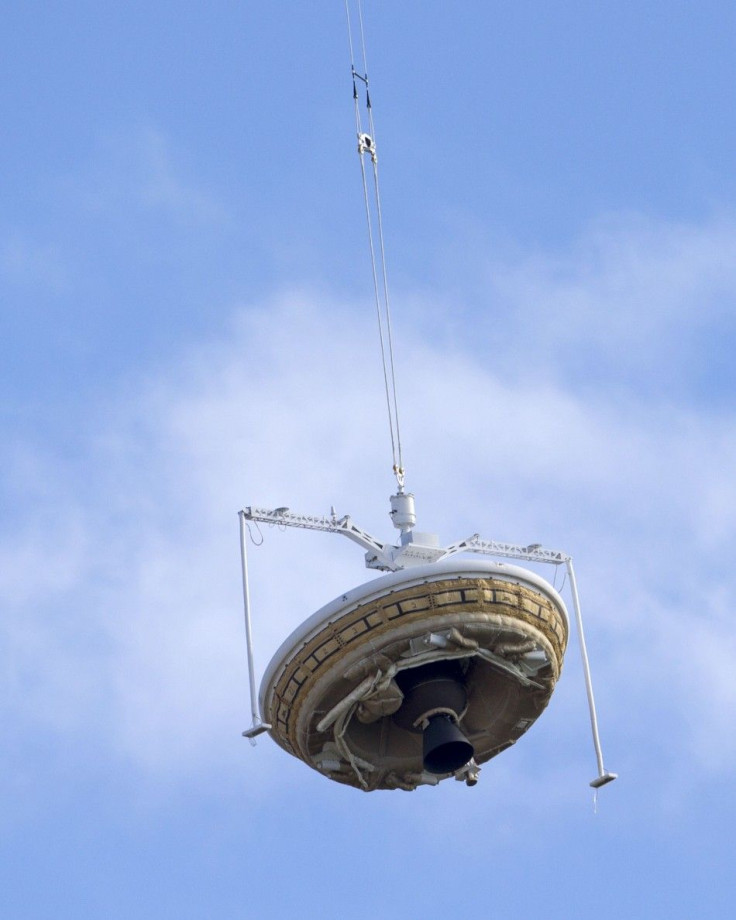Object on Red Planet Isn’t a Martian Thigh Bone, Says NASA

There was a lot of speculation last week after space-alien theorists and UFO blogs floated the idea that a bone-like object on Mars, photographed by NASA's $2.5-billion Curiosity rover, could be a thigh bone, giving rise to talks that it could be the remains of a Martian.
However, over the weekend, NASA itself burst the bubble for them and gave a more credible explanation what is that object. The image captured by the Mars' buggy's camera on Aug 14 is a collection of rocks half buried in dust, CNET quoted NASA.
But one particular piece stands out and appears like a femur bone from the thigh. That shape is the result of erosion from wind of water, NASA science team members said.
NASA debunked imaginative ideas of large alien life form - such as creatures with large bald heads and pointed ears - on the Red Planet as portrayed in movies, saying in a statement, "If life ever existed on Mars, scientists expect that it would be small simple life forms called microbes. Mars likely never had enough oxygen in its atmosphere and elsewhere to support more complex organisms. Thus, large fossils are not likely."
It added the rock mistaken for a thigh bone appears to be different from a regular human femur since it is crooked instead of straight.
NASA added that other object photographed by the rover's camera are rocks, possibly metallic rocks, and not a dinosaur, lizard or an alien helmet remains as speculated by very imaginative minds.
YouTube/Strange Mysteries




















